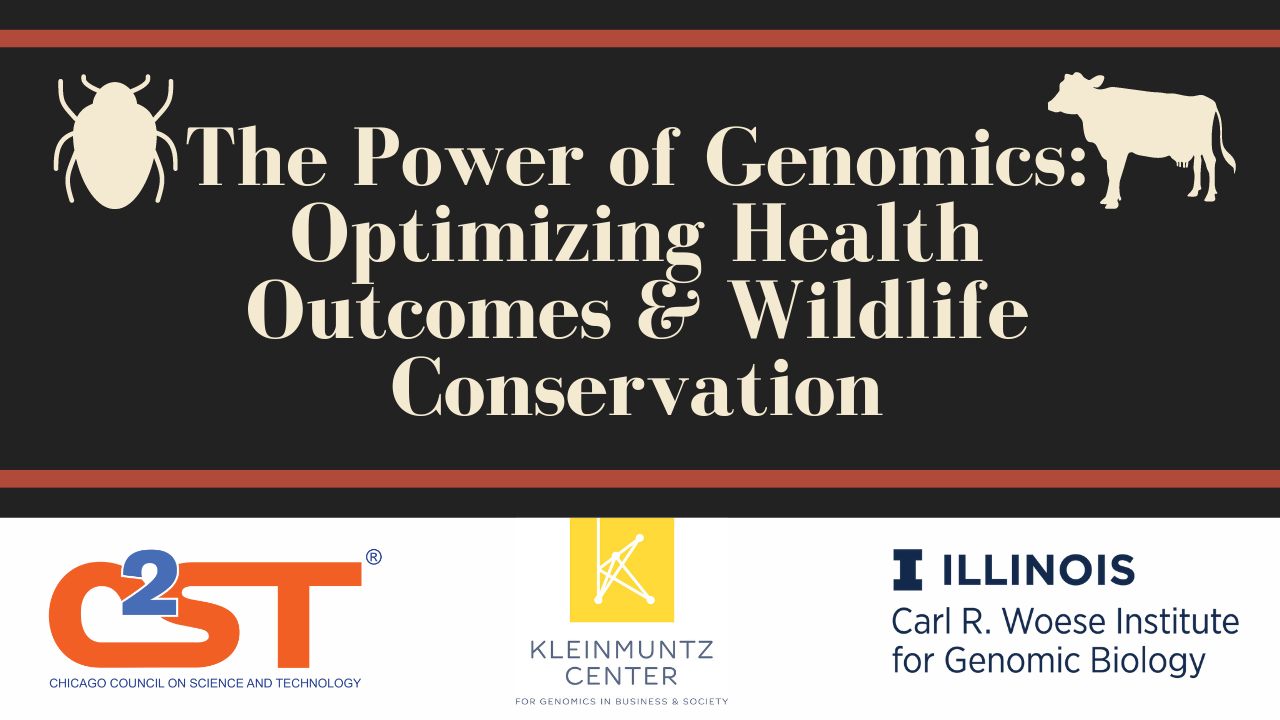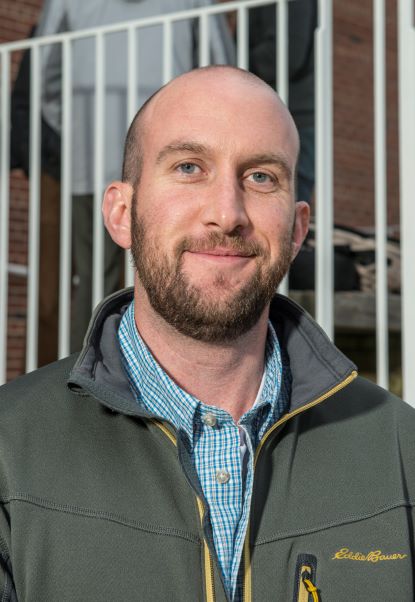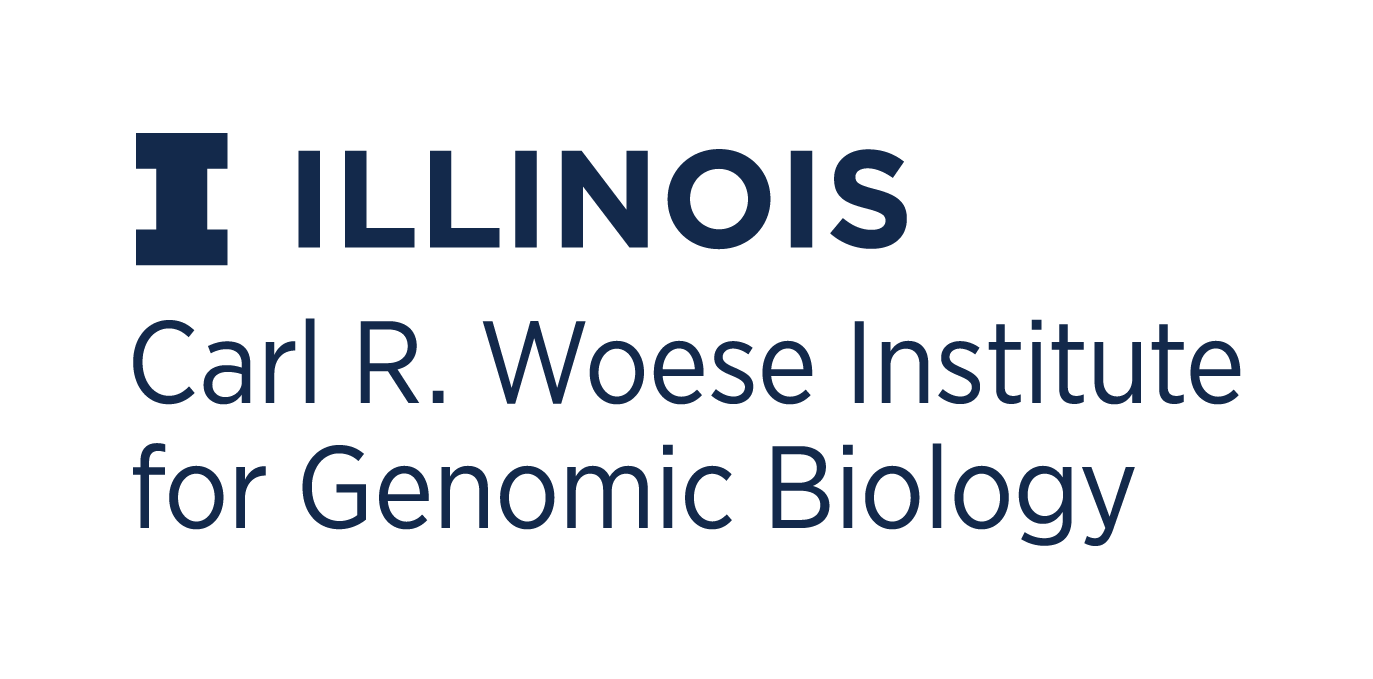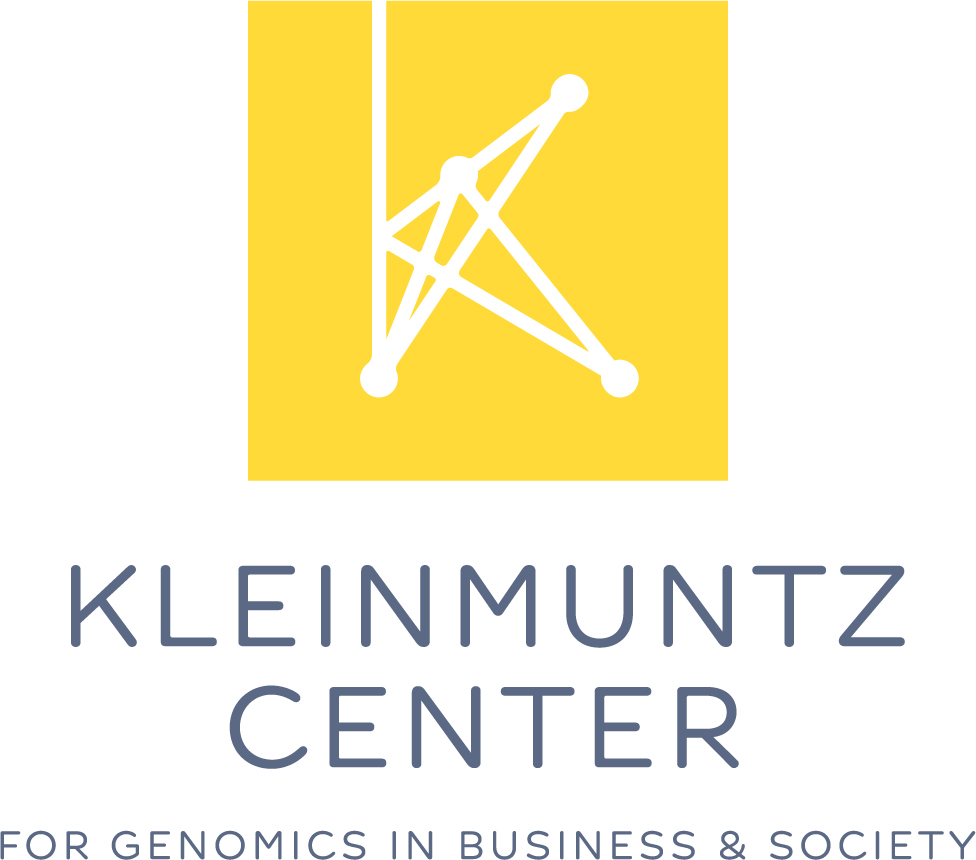Learn about the cutting edge research being done in the world of animal/tick interaction in order to better human health outcomes!
The challenges inherent to global livestock production are myriad and far reaching. Some of the more prevalent challenges can be found in the areas of wildlife conservation and disease prevention. Historically, livestock ranching and biodiversity conservation have been at odds in places like the African savannas, due to the fact that both wildlife and livestock compete for similar resources. However, recent research demonstrates potential positive interactions between wildlife and livestock from a savanna ecosystem in central Kenya. There, amongst the complex web of interactions between ectoparasites, ticks, pathogens, humans, domesticated animals, and a variety of wildlife, is perhaps a key to solving the challenges associated with livestock/wildlife interactions.
Join Dr. Brian Allan on a trip through a Kenyan savanna. Here, we’ll learn about his use of genomic tools to reveal previously unknown patterns in the transmission of pathogens and what those patterns might indicate about possible solutions to the problems of disease transmission and wildlife destruction. Just what are “ecological traps” and how can they be used to optimize human and animal health?
Event Details
Thursday, September 24th, 2020, 4:00-4:45 pm CT, C2ST Facebook Live & C2ST TV Youtube Live.
Make sure to follow C2ST on Facebook and YouTube to receive notifications when the live program starts.
Use our Q&A app to ask live questions during the program or send in your questions in advance! Remember to upvote your favorite questions.
To support STEM programs like this, you can DONATE to C2ST HERE!
We are dedicated to providing an inclusive environment for everyone. Please respect diversity in individuals and in cultures.



